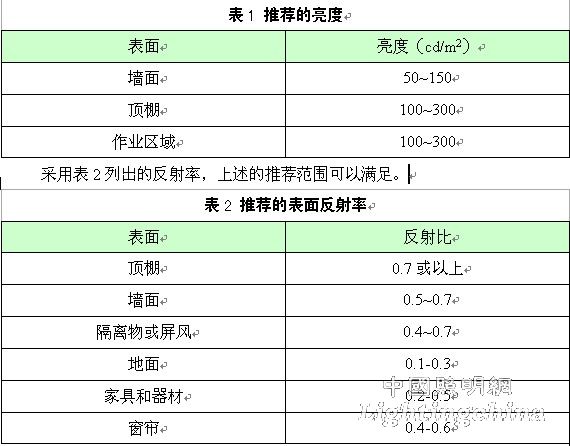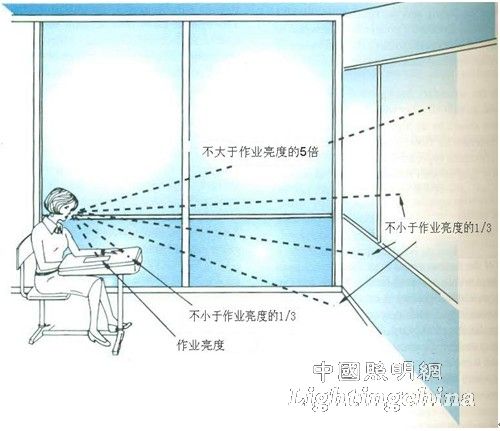Foreign classrooms generally use "white" blackboards. China's primary and secondary classrooms now use "black" blackboards or "tea green" blackboards. In terms of visual comfort, the brightness ratio of the classroom blackboard to the classroom desktop should be specified. The use of "white" blackboards makes sense and has energy-saving effects.
First, the general principle of the brightness ratio of visual comfort
Classrooms and offices are of the same type. In terms of visual comfort, the general principles of office work surface brightness and ambient brightness ratio are equally applicable to classrooms. If the difference between the brightness of the work surface and the ambient brightness in the office is too large, it may cause visual adaptation problems or glare in extreme cases. On the contrary, if the difference in brightness is too small, the periphery will appear dull and boring. Make sure that the brightness ratio of the field of view is in the range of 10:1 and 3:1, and these effects can be avoided.
The brightness ratio between the visual work itself and its immediate background (ie table) should be less than 3:1 but greater than 1:1.
Some recommended brightness is shown in Table 1. The recommended brightness of the surface of the office desk is 100 cd/m2~300 cd/m2, and the recommended surface brightness of the office ceiling is 100 cd/m2~300 cd/m2. The recommended brightness of the surrounding wall of the office is 50 cd/m2. ~150 cd/m2.

Second, the classroom blackboard and class desktop brightness ratio
In a typical field of view, the brightness of the various surfaces must be kept within acceptable limits. When the eye is on the work surface, an adaptation level is established. When the eye moves from one brightness (such as a book) to another (blackboard), it must adapt to the new level. If the difference between the two levels is large, it takes a while for the eye to adjust to the new situation, and it may be necessary to establish a new adaptation. If the difference is large, you may experience discomfort and fatigue.
For good visual performance and comfort, the brightness of any surface that is usually viewed directly should not be greater than 5 times the brightness of the work surface [2] (Figure 1). Regardless of its position in the room, there should be no large areas with a brightness less than 1/3 of the brightness of the work surface. Depending on the visual comfort and performance, the surface brightness directly adjacent to the visual work surface is more critical than the brightness of the farther surface of the visual perimeter. The brightness of the surface directly adjacent to the visual work surface (such as the desk) should not exceed the brightness of the work surface, but should be at least 1/3 of the brightness of the work surface. At the periphery of the vision, the difference in brightness between adjacent surfaces should be kept as small as possible.

Figure 1 The brightness of important surfaces in the classroom should not differ too much from the brightness of the visual work. The brightness of the direct surface around the work surface should be less than the brightness of the work surface, but not less than 1/3 of the brightness of the work surface. The minimum brightness of important surfaces should not be less than 1/3 of the brightness of the work surface. The maximum brightness should not be greater than 5 times the brightness of the work surface.
Table 3 takes 160 classroom measurement data as an example to illustrate the brightness and its ratio of the blackboard and class desktop of the tested classroom.

Table 3 The brightness and its ratio of the blackboard and class desktop of 160 classrooms
As can be seen from Table 3, 23.31% of the classroom blackboard brightness is less than 1/3 of the classroom brightness, and 1.88% of the classroom blackboard brightness is greater than 5 times the classroom brightness. Classroom brightness is less than Table 1 Recommended 100 cd/m2 brightness of the classroom reached 97.5%.